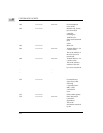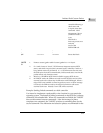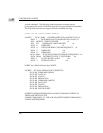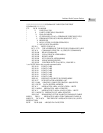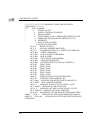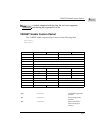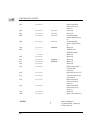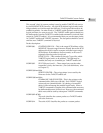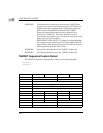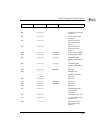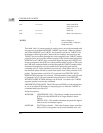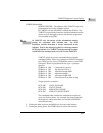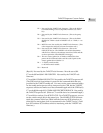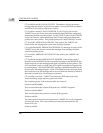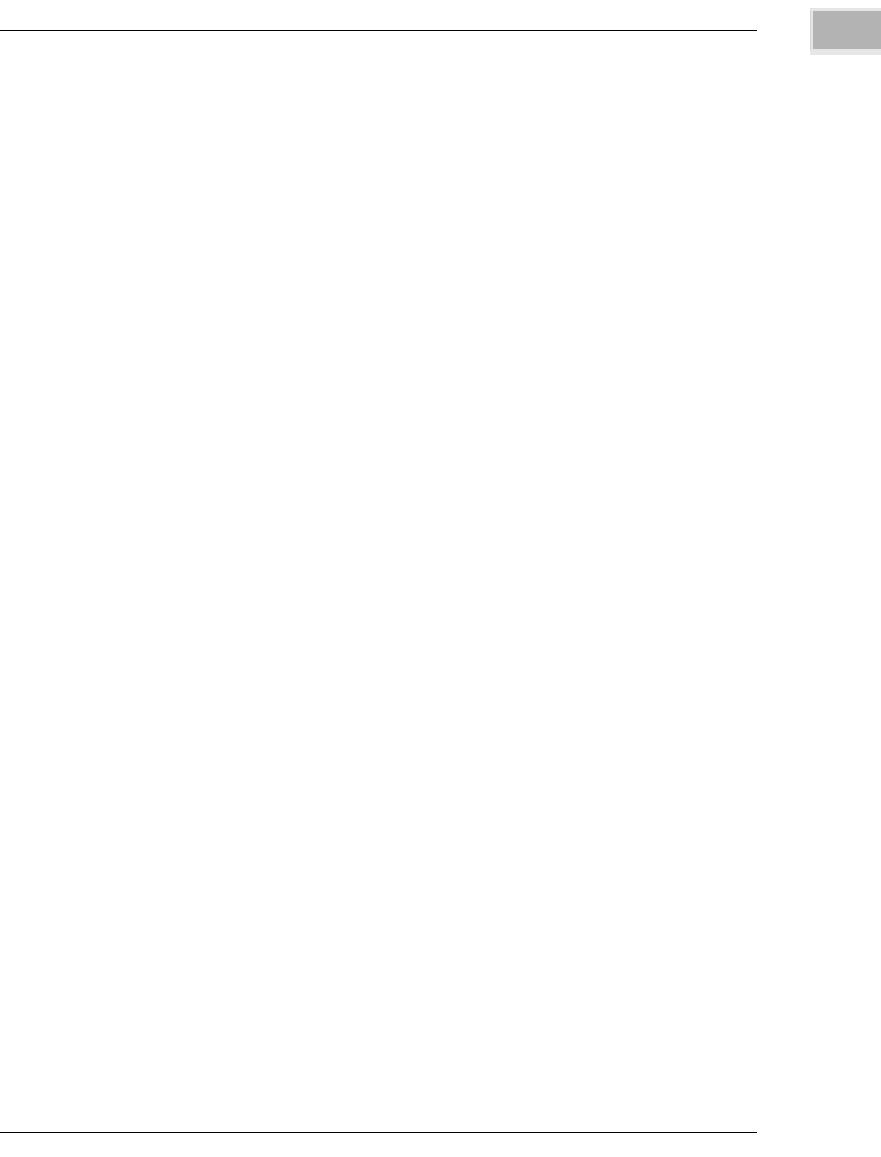
TARGET Enable Custom Packet
2-21
2
This second "class" of custom packets is used to enable TARGET role service
by the MVME147 SCSI firmware. All eight SCSI-defined logical units can be
independently serviced through the firmware. Each logical unit needs to be
enabled separately. In other words, a TARGET enable packet is sent for each
logical unit that you want to service. The TARGET enable packet should not
be deallocated even after TARGET is enabled and command is received (final
return for TARGET enable). It is recommended that you use the same packet
for TARGET enable and TARGET sequence. The last packet should be saved
until the next TARGET command is received.
Packet description:
WORD $00: CONTROLLER LUN -- This is the target SCSI address of the
MVME147. Because target firmware already knows the SCSI
address this field is used to compare with the known target
SCSI address. If the address does not match, an ID error is
reported when the packet is received.
DEVICE LUN -- This number (0 through 7) specifies which
TARGET logical unit is to be enabled. All eight may be
enabled, but only one is enabled per TARGET enable call.
WORD $02: STATUS bytes 0 and 1 -- These status bytes are the codes
returned to you by the firmware. (For code definitions, refer
to Chapter 3.)
WORDS $04 and $06:
SCRIPT POINTER -- The script pointer is not used by the
firmware for the TARGET enable call.
WORDS $08 and $0A:
COMMAND TABLE POINTER -- This is the pointer to the
command table (384 bytes of RAM). Each TARGET logical
unit needs one command table. No sharing of command
tables is allowed among the enabled logical units. When a
TARGET command is complete, this command table must not
be deallocated because of future use. However, the command
table area could be used by subsequent TARGET commands.
WORD $0E=$C000:
This code classifies the custom packet as a TARGET enable
call to the firmware.
WORD $14: The code of $1C classifies the packet as a custom packet.




